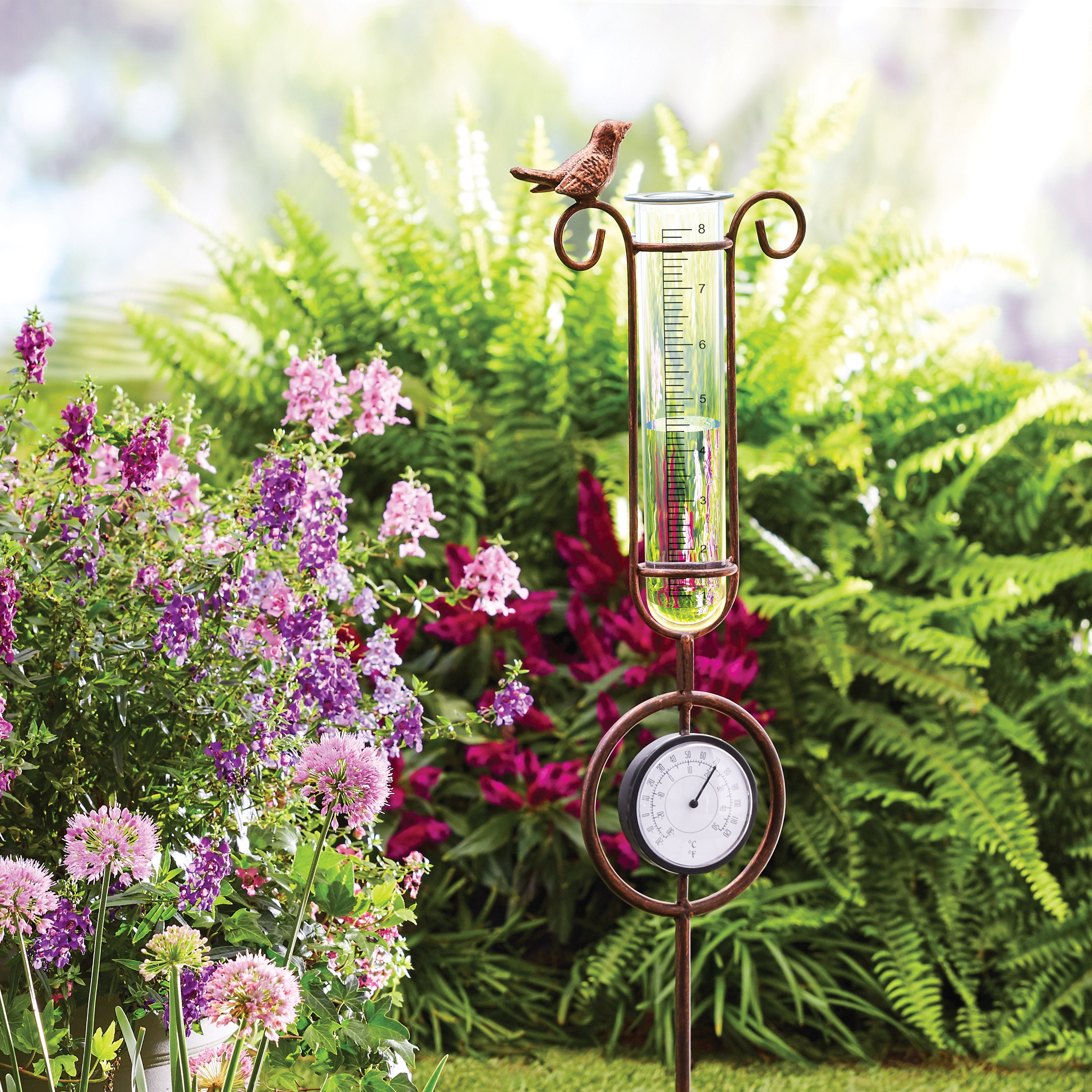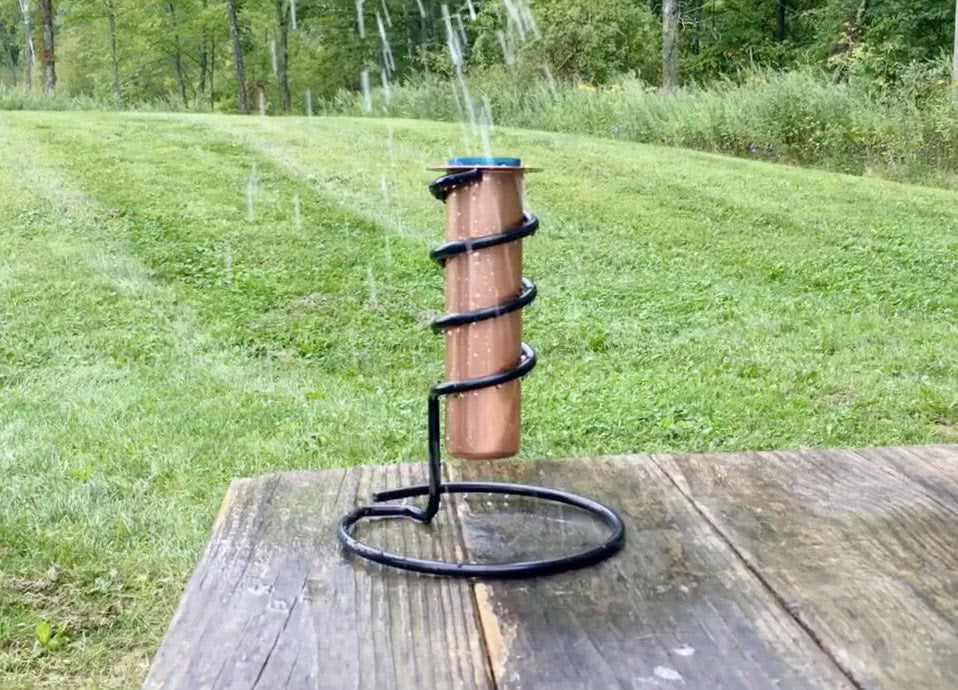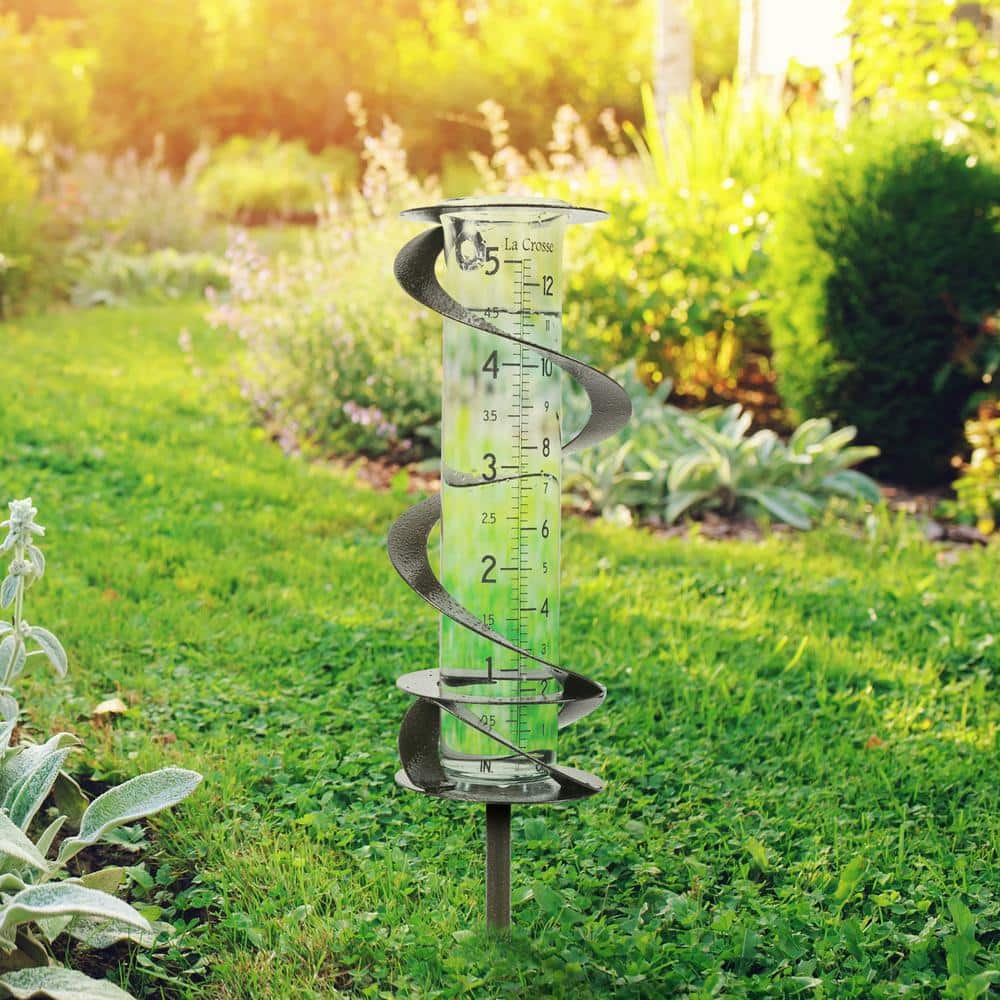Comprehending The Rain Gauge: Value, Kind, and Use Explained
Comprehending The Rain Gauge: Value, Kind, and Use Explained
Blog Article
Just How to Pick the Right Rainfall Scale for Accurate Rain Information
To acquire reputable measurements, it is vital to select the right rainfall gauge. Taking into consideration aspects such as location, kind, and accuracy of the rainfall gauge will certainly help make certain accurate information collection. Furthermore, understanding the upkeep and calibration treatments will add to the durability and integrity of your rain scale.
Relevance of Choosing the Right Rain Scale
The importance of choosing the right rainfall gauge lies in acquiring precise and dependable rainfall information for exact meteorological analysis. Rain data is important for a vast array of applications, consisting of climate projecting, hydrological modeling, and climate study. Undependable or imprecise data can lead to incorrect verdicts and flawed decision-making procedures.

Secondly, the precision and accuracy of the rainfall gauge are vital. The gauge ought to be able to determine rainfall with high precision, recording also percentages of rainfall properly. It must likewise minimize mistakes because of evaporation, wind, and various other environmental factors. Normal calibration and maintenance are important to guarantee ongoing accuracy.
Furthermore, the location and setup of the rain gauge are critical factors to consider. It should be placed in an open location, away from blockages that can impact rains measurements. The gauge ought to be placed at a proper height and angle to stay clear of spilling and ensure appropriate catchment of rainwater.
Aspects to Consider When Choosing a Rainfall Gauge
When choosing a rainfall gauge, there are a number of vital factors to consider. These factors can significantly affect the precision and reliability of the rainfall information accumulated. The first aspect to consider is the kind of rainfall gauge. There are different kinds readily available, including common rainfall evaluates, tipping bucket rainfall determines, and weighing rain assesses. Each kind has its very own advantages and negative aspects, so it is essential to choose one that finest fits your specific requirements and demands.
An additional variable to consider is the material of the rain scale. Rain evaluates can be made from different products, such as glass, plastic, or steel. The product picked should be durable and resistant to weather conditions, ensuring that the rainfall scale will stand up to the components and give precise measurements in time.
Accuracy is additionally a vital aspect to think about. Search for rain determines that have been calibrated and examined for precision. Functions such as anti-splash rings and funnels can also boost the precision of the measurements.

Last but not least, consider the environment and environment in which the rain scale will be made use of. Different rain determines are appropriate for various climates, so it is very important to select one that is appropriate for the problems in your location.
Different Types of Rainfall Determines Offered
To better explore the aspects to consider when choosing a rain scale, it is essential to comprehend the various sorts of rain assesses readily available. There are several kinds of rainfall determines, each with its very own advantages and drawbacks. One of the most usual type is the conventional rainfall scale, also called the round rain gauge. This type includes a straight-sided cylindrical container with a funnel-shaped top. It is simple to make use of and offers exact dimensions of rains.
One more type of rainfall gauge is the tipping pail rainfall gauge. As the rainfall falls into the scale, it fills up one side of the pail, creating it to clear the water and tip.
A 3rd type of rain scale is the weighing rainfall gauge. As the rainfall drops into the scale, it is collected in a container connected to Discover More an equilibrium.
Ultimately, there are also remote rainfall gauges that use progressed modern technology to determine rains (The Rain Gauge). These gauges use sensing units and transmitters to send out data wirelessly to a central unit. Remote rainfall gauges are convenient for keeping track of rainfall in hard-to-reach areas or for large data collection
Exactly How to Establish the Accuracy of a Rain Gauge
One means to assess the accuracy of a rainfall scale is by performing regular calibration measurements. Calibration involves contrasting the analyses of a rainfall scale to a common dimension, such as a qualified rainfall gauge or a climate station with high accuracy. By comparing the measurements, any type of disparities or inaccuracies in the rain gauge can be determined and represented.
To perform a calibration dimension, beginning by collecting rainfall data from both the rain gauge and the common dimension tool over a specific time duration, such as a month. Compare the readings and determine the distinction between them. This difference is official source known as the calibration error.
It is very important to note that calibration dimensions need to be done frequently, as environmental elements, such as wind, temperature, and particles, can impact the accuracy of the rainfall gauge over time. By performing routine calibrations, any adjustments in the precision of the rain scale can be detected and changes can be made appropriately.
Along with calibration, it is likewise recommended to tidy and preserve the rain gauge consistently to ensure its precision. Eliminate any kind of debris or obstructions that might affect the precision of the measurements, and look for any indicators of damage or put on that may call for repair work or substitute.
Tips for Maintaining and Adjusting Your Rain Gauge
Regular maintenance and calibration are critical for making sure the accuracy and dependability of your rainfall gauge in gauging rainfall information (The Rain Gauge). By following a few straightforward ideas, you can make certain that your rainfall gauge is appropriately kept and calibrated
First of all, it is necessary to clean your rain gauge consistently to stop any type of particles or dust from obstructing the rain collection mechanism. Utilize a light detergent and a soft brush to delicately cleanse the inside and outside of the scale. Wash it extensively with clean water and allow it to dry totally prior to reinstalling it.
Second of all, it is advised to adjust your rain gauge at the very least yearly. Calibration involves contrasting the dimensions of your rainfall scale with those of a relied on and exact reference gauge. This will aid you recognize and deal with any kind of potential mistakes in your rain gauge's measurements.
To adjust your rain scale, accumulate a recognized volume of water utilizing a determining container and compare it with the measurements taped by your rainfall gauge. Adjust the readings appropriately to guarantee accuracy.

Final Thought
Finally, selecting the appropriate rainfall scale is important for acquiring accurate rains data. Factors such as purpose, place, and budget must be considered when picking a rain scale. There are different sorts of rain assesses available, each with their very own benefits and restrictions. It is necessary to frequently keep and calibrate your rainfall scale to ensure its accuracy. By following these guidelines, exact rainfall information can be obtained for various applications.
There are different kinds available, including common rainfall assesses, tipping bucket rainfall determines, and weighing rain assesses.To even more check out the visit this site right here aspects to take into consideration when picking a rainfall scale, it is crucial to recognize the various kinds of rainfall assesses offered. The most typical type is the typical rainfall scale, likewise understood as the cylindrical rain scale.An additional type of rain scale is the tipping pail rainfall gauge. Calibration involves comparing the analyses of a rain scale to a standard dimension, such as a qualified rainfall gauge or a weather terminal with high accuracy.
Report this page